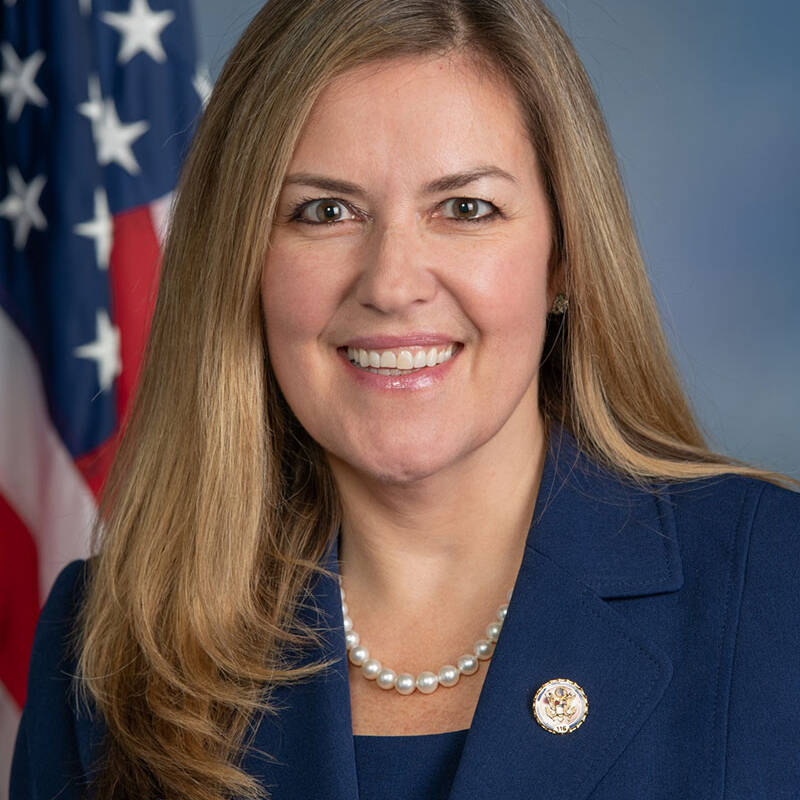What’s in the Air: Our Brains on Air Pollution
By Dominique Browning
This article was originally published in Moms Clean Air Force
March 11, 2024

“What’s in the Air” is a column by Dominique Browning, Moms Clean Air Force Co-Founder and Director, in which she explores life today through the lens of air quality and public health.
When I get an invitation to listen to any conversation that includes Francesca Dominici, I sign up immediately. At Moms Clean Air Force, I’ve had the privilege of getting a crash course on the impact of air pollution on our health. Dominici is Professor of Biostatistics, Population, and Data Science at the Harvard Chan School of Public Health. She was part of a panel on the link between poor brain health and long-term exposure to air pollution, specifically fine particulate matter, one of the main components of outdoor air pollution.
Quick refresher: PM2.5, also known as fine particulate matter or soot, is basically stuff in the air so fine as to be invisible. It comes primarily from the combustion of fossil fuels, but it can be any kind of matter that is that small. It can come from tailpipe pollution, industrial-scale manufacturing, coal-fired power plants, wildfires. The composition of PM2.5 in the air can vary by geographic location: it will be different by the ocean, or a desert, or a highway. It is invisible to the naked eye, 30 times smaller than the width of a human hair.
What’s in the particulate matter is very important to the brain: A lead atom can be stuck to a particle, and that has a specific impact on the brain. Wildfires that burn down our homes (as opposed to trees) might create dioxins from the PVC siding or flooring or piping we use in construction. In years ahead, scientists will learn more about what is actually in particulate matter to further refine our understanding of the links between air pollution and brain function.
With her colleagues at Harvard, Dominici has been analyzing data from millions of people in our national health care systems, a study of “enormous statistical power.” The research is showing links between incidence, hospitalizations, and progressions of cognitive decline, mood disorders, Alzheimer’s, Parkinson’s, and other neurocognitive diseases.
I’m a doctor’s daughter—and a premed drop out, to my undying regret. But I still yearn to study biology, to learn about how our bodily systems work. I was especially struck by comments from Marc Weisskopf, Professor of Environmental Epidemiology and Physiology. He explained that while we know a lot about how air pollution impacts our hearts and lungs, the exploration of air pollution’s impact on the brain is relatively new.
The brain is “hugely dependent” on the cardiovascular system—makes sense, right? Scientists know that particle pollution can generate an inflammatory immune response that can get to the brain. But now “there’s some idea that the particles can get to the brain directly, not just through these secondary effects.” Weisskopf went on to describe new research into the idea that “when you breathe in through your nose … some particles, or some aspect of particles can actually get transported directly back into the brain, skipping the lungs and the cardiovascular system, so that’s an almost more immediate route.” He described this as a very active area of research.
“There’s a blood-brain barrier that is supposed to keep stuff out of our brains,” Weisskopf explained, but now we know “you can inflame that, you can make that leaky.” For people exposed to lots of other toxins, that inflammation gets worse with long-term exposure to air pollution.
Another angle the panel covered was the link between anxiety and depression and poor air quality indoors. Joseph Allen is the Director of the Harvard Healthy Buildings Program—and let me just say right away, every place in the country should have the enviable kinds of indoor air protections that are available (not surprisingly) in wealthy Harvard buildings. As Dominici pointed out—there’s inequity for you. The poorest communities with the worst air quality have the least healthy buildings. Why don’t the wealthy tech companies—and she called out Amazon, applause, please— provide free air filters? Studies in schools and among office workers measured lower cognitive performance on tests when air pollution levels were elevated.
With the new PM2.5 protections recently released by EPA, the legally enforceable annual particle limit for outdoor air has dropped from 12 micrograms per cubic meter to 9, the first update since 2012. (To envision what this standard actually means, think of a cubic meter as box of air with 9 micrograms’ worth of particles floating around in the box.)
Dominici referred to the recent Biden administration EPA strengthening of the National Ambient Air Quality Standards for PM2.5—for which Moms fought for over a decade—as “the biggest public health victory in a very long time.”
However, Allen pointed out, for indoor air, the legally enforceable OSHA limit for particle pollution is not 12, not 10, not 5… It is 5,000. “There’s a major disconnect because outdoor pollution penetrates inside, and we have indoor sources of particles, and yet for our workers the … indoor standard is grossly out of date. We don’t have a national indoor air quality standard.”
When we think about air pollution and the brain, we think about outdoor air—I’m guilty of this too. But as Allen pointed out, “There’s a whole other world of air pollution, and it is indoor air pollution.” We don’t have huge studies of millions of people—and yet, we are a more indoor society now than ever before. Most of the outdoor air pollution we breathe happens indoors—in our homes, in our cars, sitting in traffic, or in work settings. There’s a problem with the entire regulatory system in the way we don’t protect indoor air quality.
Intriguingly, Dominici also spoke about a different study currently underway on exposure to air pollution from cryptocurrency “mining”—which is completely unregulated in the United States. These centers are located in lower income communities that are already heavily burdened with air pollution—and lots of other toxic exposures. Some context here: crypto mining in the U.S. alone demands as much electricity as all of Utah or West Virginia.
The good news: We can measure air quality with tools that are far less expensive than they used to be. There’s more of a role for “citizen scientists”—and Maite Arce from the Hispanic Access Foundation spoke of the importance of supporting communities living next to major sources of pollution in the fight against them. “There’s a shift in who has the power to monitor,” and that is a fundamental change for the better. Exposure to “greenness,” as Dominici described it, is also good for the brain—their studies showed it reduced hospitalizations and slowed the progression of Alzheimer’s disease.
I am a huge believer in being a lifelong learner—of anything! It is good for my mental and spiritual health. (So is a daily walk.) It was such a pleasure to see such esteemed researchers learning from one another, hear their passion and excitement for their subject, and watch the care with which they communicated complicated research in ways that made it accessible to people who never did make it to medical school. I’m so grateful for their dedication, the years they put into building their expertise, and their advocacy for a better world on everyone’s behalf.
And I’m glad to have confirmation of the work we do at Moms Clean Air Force: cleaning up the air really does save lives, and minds, and spirits.
























